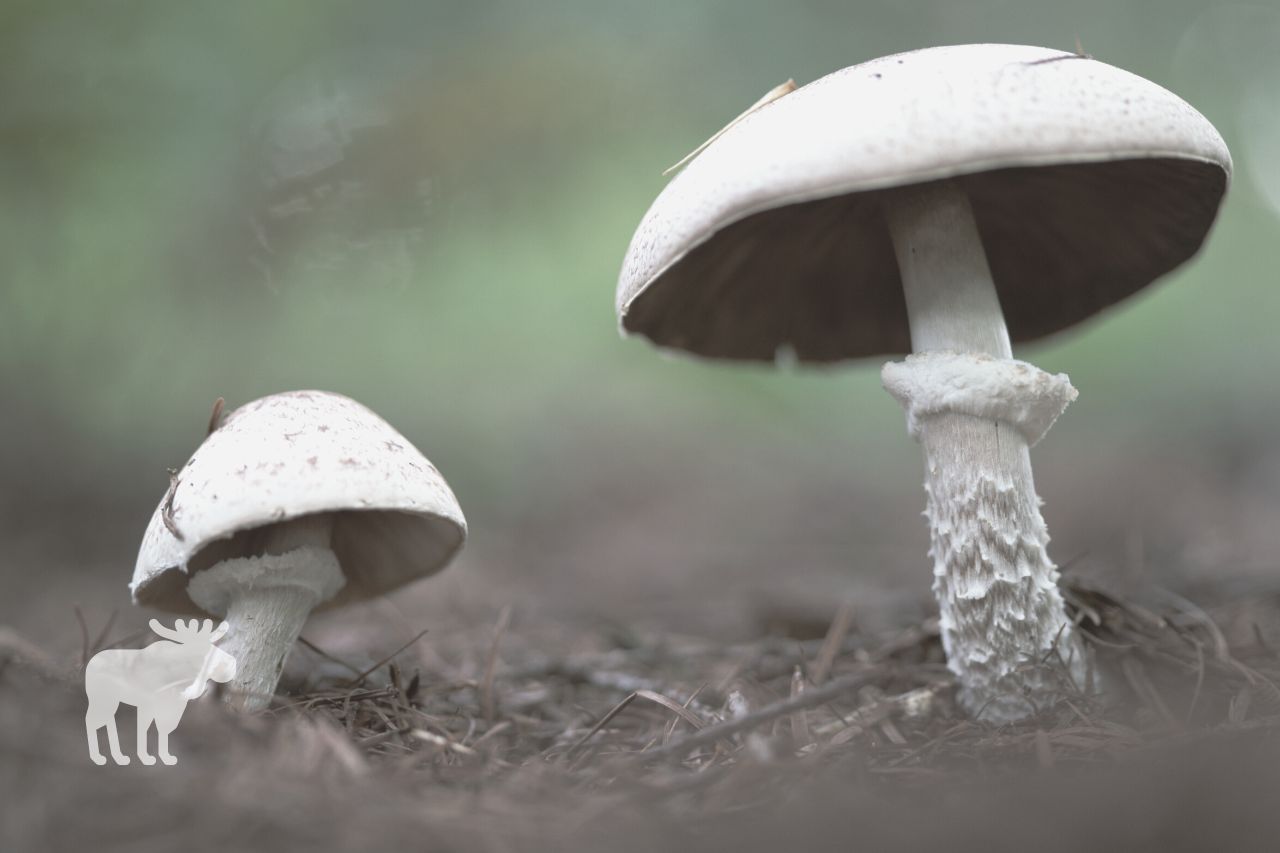Types Of Bolete Mushroom {Explained!}
There are many types of bolete mushroom. Some are edible, while others are not. If you want to learn more about the different genera, keep reading! We’ll discuss the identifying characteristics of the most common boletes, as well as which ones are edible and inedible. Types of Bolete Mushrooms There are many hundreds of species … Read more









